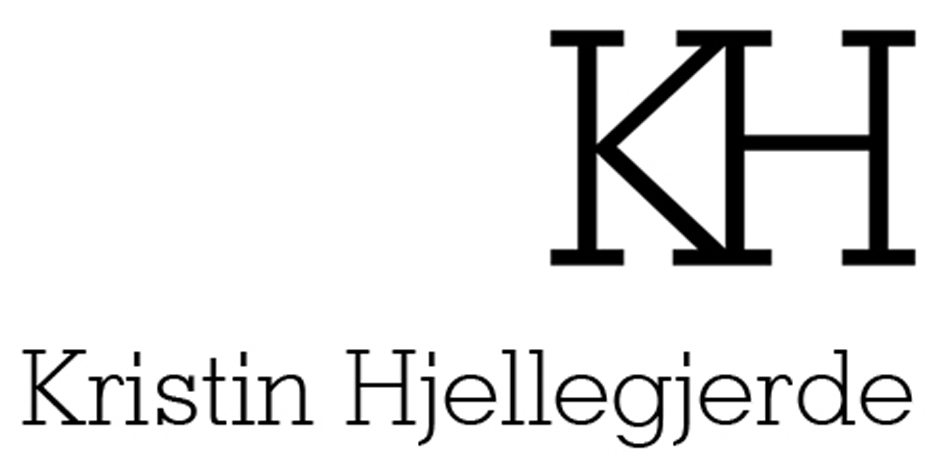Private View: Tuesday, 12th August 2025, 6-8pm
London (Tower Bridge)
A woman pushes her palms into a door frame, readying herself to step through. Around her, the space explodes with colour. Only she and the door are fixed within a bright yellow hue. The door is a portal; we can’t know what happens next. Yellow is the New Black, Ken Nwadiogbu’s solo exhibition at Kristin Hjellegjerde, Tower Bridge, finds moments of transcendent beauty in everyday experiences of the Black community. The title is a playful reference to the central colour that runs throughout the show, as well as the vibrancy of Black experience that Nwadiogbu is recreating – yellow being the brightest visible colour the eye can perceive.
Nwadiogbu works from photographs that he has taken of his friends, family and other members of the Black immigrant community. Rather than simply recreating the photographic image, however, Nwadiogbu zooms in on specific details or moments that are emotionally charged. He begins by pouring paint onto the canvas, responding to the movement and emotion of colour, his psychological state and the rhythm of the music that he plays in the studio, before painting the figure and fragments of contextual information on top of this textured surface in heightened detail. The result is a series of haunting scenes that sit somewhere between stillness and movement, reality and dream.
The majority of these latest works are painted onto the back of Akwete cloth, a hand woven textile produced in Igboland. The patterns on the front, which are specific to the Akwete village and used to mark different occasions or events, are left untouched so that Nwadiogbu’s mark-making enacts a visual dialogue, drawing a subtle connection between the experiences he is painting and the act of ritual or celebration. In Love and Survival, the fabric is hung on a curtain rail with frayed edges, suggestive of a flag or ceremonial garment. The scene is one of the most surreal in the exhibition: a small boy holds a spear in a fishing boat while above him two hands hover, joined by a piece of disintegrating string. It was made at a time when the artist was struggling with a romantic relationship due to his move away from Nigeria to London, in pursuit of furthering his career. Meanwhile, a circular canvas titled Take Off depicts a young man in a moment of transcendence: climbing onto the roof of a building, with feathered wings sprouting from his back. It reflects on the sense of expansiveness – and precarity – the artist felt on returning to London, and the unknowns and possibilities that decision presented.
Other works pay tribute to the journey that not only Nwadiogbu, but immigrants around the world have taken in order to find safety or pursue the life they want to lead. In one, hands grip a bunch of tickets, symbolic of the distance travelled, while ambiguous forms and shapes emerge from the tumultuous, inky backdrop, suggesting obstacles overcome, memory, and psychological weight.
For Nwadiogbu, the act of marking these moments – making them permanent on canvas – is above all a celebration: of his community, its creativity, strength and vitality, and of his history and ancestors. In his words: ‘This work is a reminder, not just to Black people, but to everyone, that we are strong, beautiful, powerful; that our experiences matter and that we can all understand the world better through them.’


